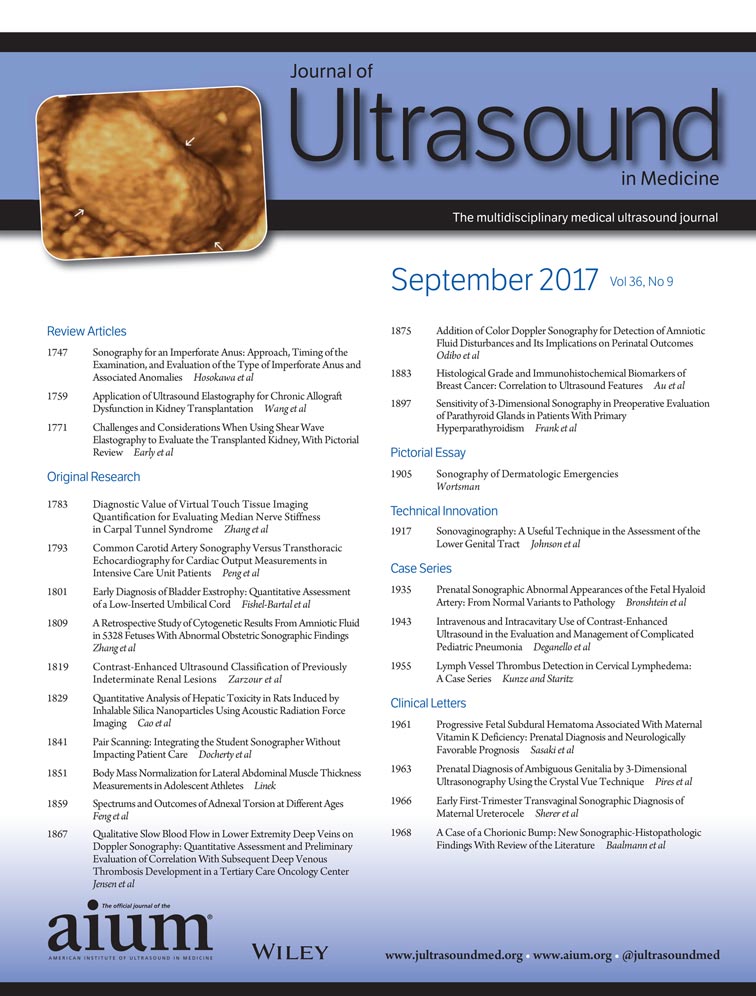Body Mass Normalization for Lateral Abdominal Muscle Thickness Measurements in Adolescent Athletes
I thank Damian Sikora for his work in preparing the participants for the study.
Abstract
Objectives
To determine the value of allometric parameters for ultrasound measurements of the oblique external (OE), oblique internal (OI), and transversus abdominis (TrA) muscles in adolescent athletes. The allometric parameter is the slope of the linear regression line between the log-transformed body mass and log-transformed muscle size measurement.
Methods
The study included 114 male adolescent football players between the ages of 10 and 19 years. All individuals with no surgical procedures performed on the trunk area and who had played a sport for at least 2 years were included. A real-time B-mode ultrasound scanner with a linear array transducer was used to obtain images of the lateral abdominal muscles from both sides of the body. A stabilometric platform was used to assess the body mass value.
Results
The correlations between body mass and the OE, OI, and TrA muscle thicknesses were r = 0.73, r = 0.79, and r = 0.64, respectively (in all cases, P < .0001). The allometric parameters were 0.77 for the OE, 0.67 for the OI, and 0.61 for the TrA. Using these parameters, no significant correlations were found between body mass and the allometric-scaled thickness of the lateral abdominal muscles.
Conclusions
Significant positive correlations exist between body mass and lateral abdominal muscle thickness in adolescent athletes. Therefore, it is reasonable to advise that the values of the allometric parameters for the OE, OI, and TrA muscles obtained in this study should be used, and the allometric-scaled thicknesses of those muscles should be analyzed in future research on adolescent athletes.




